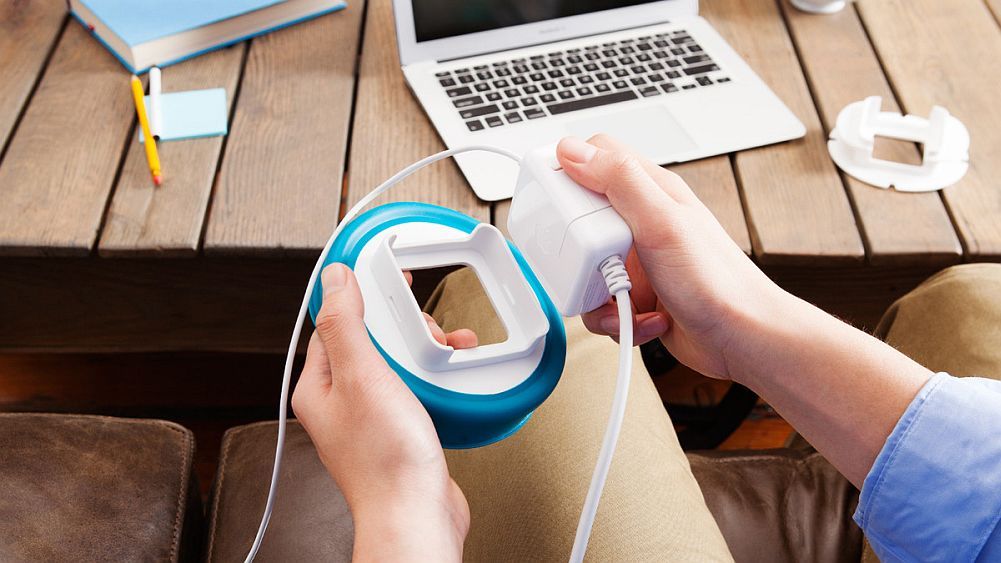The 4 steps to choosing a power adapter for your organization

In the 21st century, it’s nigh on impossible to be in business without it. No, we’re not talking about customers, profits, an accountant and a business plan – although you’ll definitely need those too! Today, we’re talking about something that comes before just about anything:
Power.
If your organization is like just about every other, it relies on electricity to keep the lights, the computers, and everything else on. Whether it’s a laptop that needs something like a 12v DC power supply, or it’s a much higher voltage device that requires some serious or specific juice, the sheer number of different power adapters and power supplies available at reputable distributors such as RS Components, can be overwhelming.
In a nutshell, a power supply is any device that acts as the ‘middle man’ between the actual power source – say, the outlet, a generator, or a battery – and the device or product in question. The power supply is what converts the power from the power source into the correct power type and voltage required for the device.
Confused? That’s because it’s inherently a confusing topic, given the huge number of different types and variations of power adapters out there – and the fact that getting it wrong can result in that terrible ‘ZAP!’ sound.
So to ensure your organization gets it right for all of your power needs, here’s a simple guide about how to choose the right power adapter:
The voltage
In most cases, the power source is ‘the wall’ – and the type of electricity supplied by your PowerPoint is called ‘AC’ or alternating current. The device itself, however, will almost certainly require a supply of ‘DC’ – or direct – current, meaning that unlike AC, the voltage only flows in one direction.
Your device will only work within a certain voltage range – let’s say a range like “12-18V DC” is listed either on the device or in the device’s documentation. Most adapters will state the output voltage on the label, so anything from a 12v DC power supply up to an 18v supply will do the job in this instance.
The amperage
After voltage, the second basic unit of electricity is current – which is measured in amps. A regulated power adapter will only pull the amps it needs from the power source, while an unregulated one can pull more or fewer amps from the adapter depending on the device’s requirements at any specific moment.
Let’s say your device requires 2 amps or 2000 milliamps. A regulated power supply will therefore need to be able to supply at least 2 amps, because a less powerful adapter may become overloaded, overheated, and dangerous. For a regulated power supply, though, the amps will have to match exactly between device and adapter in order to ensure there is no voltage fluctuation.
The polarity
On the device or the adapter, look out for the polarity symbol – normally a black dot with a line to the right surrounded by a broken circle or letter C. With direct current (DC), the polarity indicates which direction the current is moving in, so ensure the polarity requirement of the device matches the polarity of the adapter. Essentially, this is done by matching exactly the positive (+) and negative (-) configuration on the polarity symbol.
As alternating current (AC) moves in both directions, the polarity is not relevant in this instance.
The plug
Finally, the pin and barrel size of the plug itself – the way the adapter connects to the device – needs to match exactly – to the millimeter. On a run-of-the-mill adapter, the barrel size is typically 5.5 millimeters, although it does vary. The pin size, however, varies more often, although the most common sizes are 2.1mm and 2.5mm.
If in doubt, the simplest rule of thumb with power adapters is to match up all of those specifications by referring either to the printed labels or the manuals. If you can’t find that information, give the device’s manufacturer a call and ask about how to select the right power adapter for correct and safe usage. Happy power adapting!






